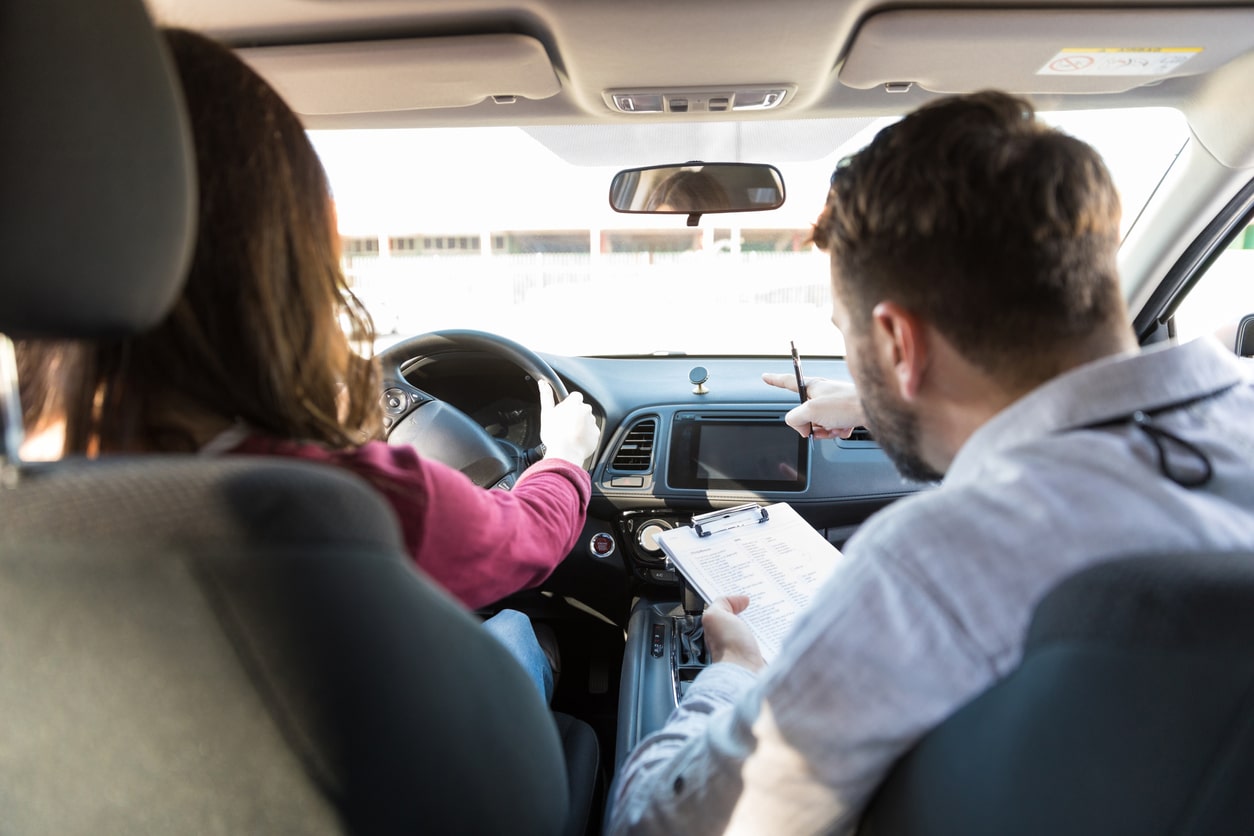Driving a car is a major milestone in the life of a teenager. Whether a teen just has their permit or has recently obtained their driver’s license, driving can give them a sense of freedom and maturity.
Unfortunately, not all student drivers receive adequate training before getting behind the wheel. Some may drive with their parents during the permit period. Others may take driver’s education classes at school. However, these experiences may not always be enough to prepare them for the dangers they may face on the road.
In one recent year in the U.S., over 2,300 teens were killed in motor vehicle accidents. Additionally, around 300,000 teens were injured in car crashes. Many different factors played a role in these tragic crashes.
In this article, we look at the reasons student drivers get into car accidents. Hopefully, by understanding the factors influencing these crashes, our state and local governments can create education programs and regulations that keep student drivers safe.
Top Reasons Student Drivers Get Into Motor Vehicle Crashes
The Centers for Disease Control (CDC) has identified seven factors that put teens at risk of serious car accidents.
Driver Inexperience
Due to their inexperience driving, teens have a harder time recognizing dangers and risks on the road than older drivers. They are more likely to have errors in judgment and make serious mistakes that lead to crashes.
For example, student drivers might not be as quick to avoid:
- Potholes
- Wet or icy roads
- Cars that pull to the shoulder or side of the road
The longer a person drives, the more experience they have navigating these potentially dangerous conditions.
Nighttime and Weekend Driving
Teens frequently engage in nighttime and weekend driving to travel to social events and extracurricular activities. Nighttime driving carries higher risks than daytime driving due to reduced visibility. In 2020, nearly 45% of fatal crashes among teens aged 13-19 occurred between 9 pm and 6 am.
Seatbelt Use
Teens are less likely to wear a seatbelt than older adults. Over 40% of high school students neglect to wear a seatbelt when riding in someone else’s car. This lax seatbelt usage contributes to high rates of injury and death for teen drivers and passengers.
Distracted Driving
Teenagers frequently engage in distracted driving behaviors that increase the risk of a crash. Many teens text, email, talk on the phone, and/or listen to loud music while driving. These behaviors would be dangerous for any driver, but they can be even riskier for young drivers who do not have experience navigating unexpected situations on the road.
Speeding
In general, teens can’t appreciate risks as well as adults. Therefore, teenage drivers are more likely to speed, ignore traffic laws, and tailgate other drivers. Over 50% of drivers aged 15-20 were speeding before being involved in a fatal accident in 2020.
Driving Under the Influence
Teens need much less alcohol than adults before experiencing the effects of inebriation. Drinking any amount of alcohol multiplies the crash risk for teen drivers. In 2020, nearly 30% of teen drivers involved in fatal crashes were drinking before the collision.
Teens may also drive under the influence of substances other than alcohol, including marijuana, prescription medications, or over-the-counter drugs. These substances can affect a driver’s judgment and impact one’s responsiveness to dangers on the road.
How to Decrease the Risk of Serious Car Accidents for Teenagers
The solutions to dangerous teen driving behavior may seem obvious. However, they’re worth repeating here:
- Teens should always wear seatbelts when driving or riding in a car.
- Teens should avoid driving at night and on weekends as much as possible.
- Teens should avoid distracting driving behaviors – they should turn off or put away their phones so they won’t be tempted to use them while driving.
- Teens should observe the speed limit while driving and keep a safe distance from the car in front of them.
- Don’t drive after drinking alcohol or consuming other intoxicating substances.
Teens that have sufficient training before driving will be more likely to follow these important driving rules. Make sure your teenage driver is trained and mature enough to get behind the wheel before you let them on the road.
For more information, see our benchmarking report and more information on past benchmarking reports.


Leave A Comment